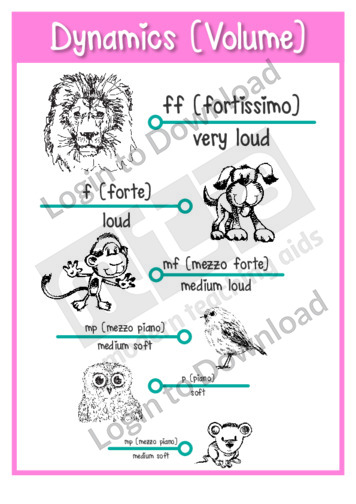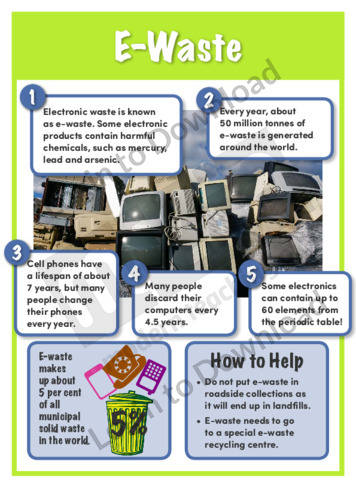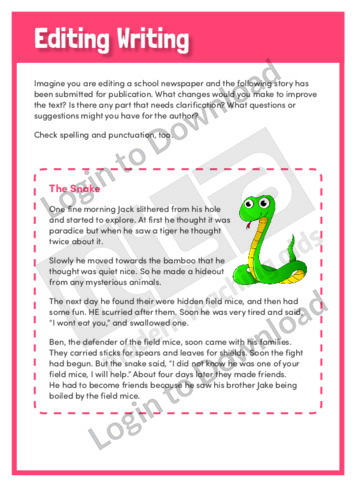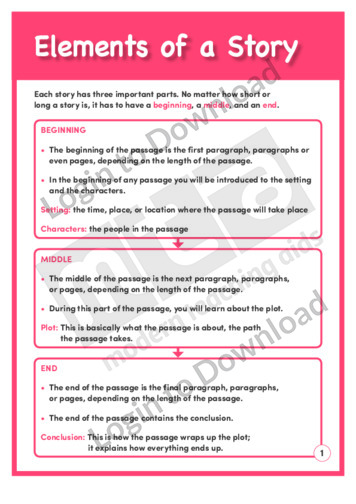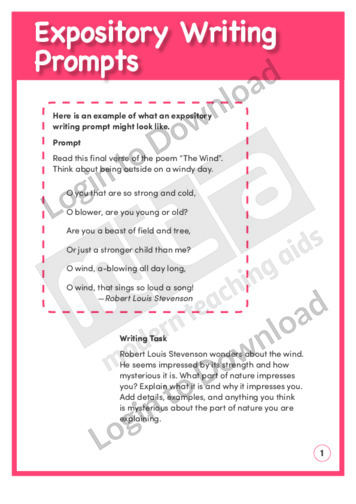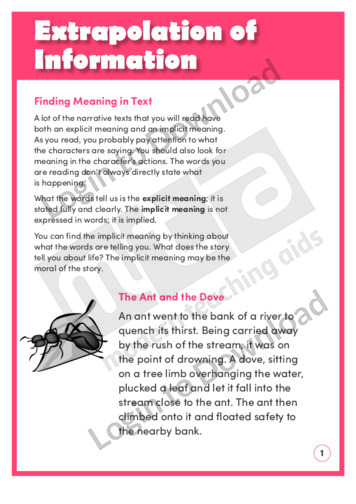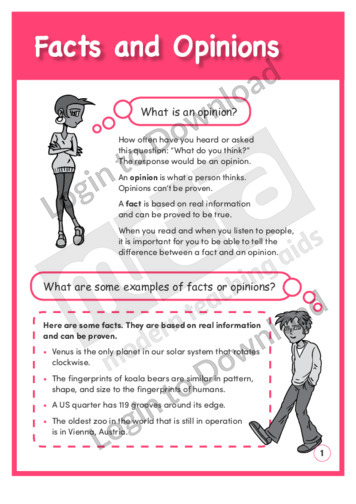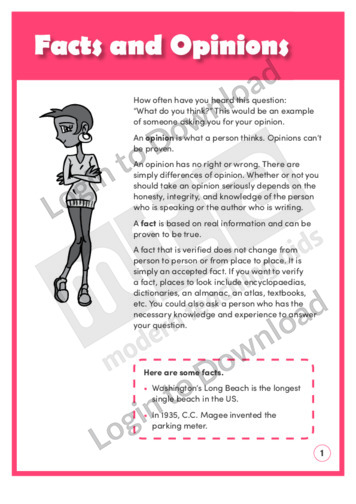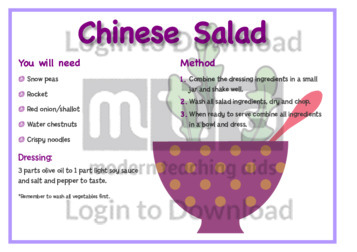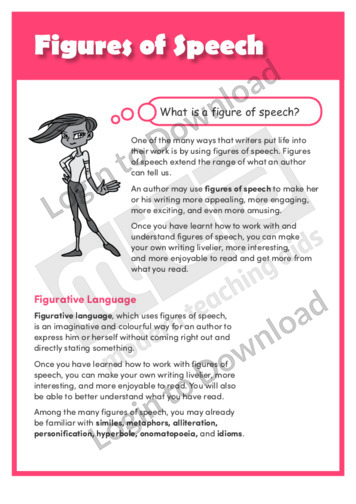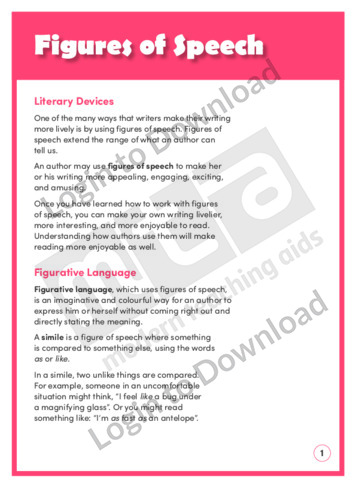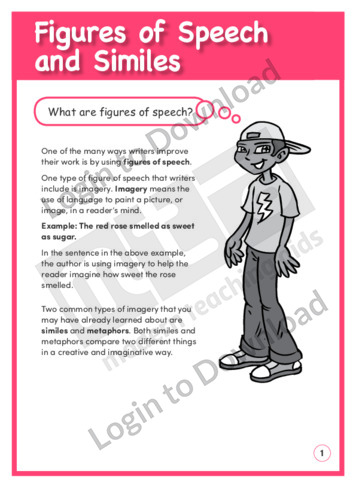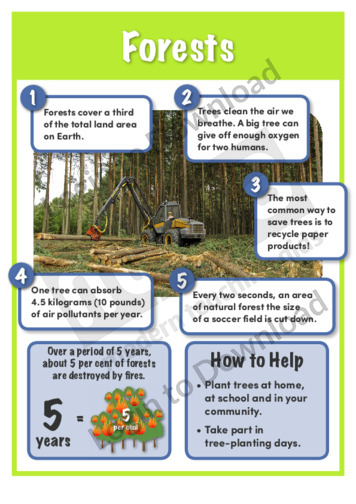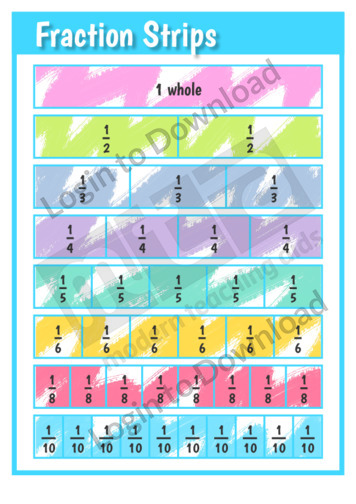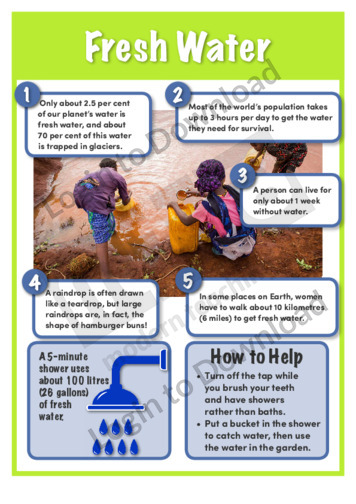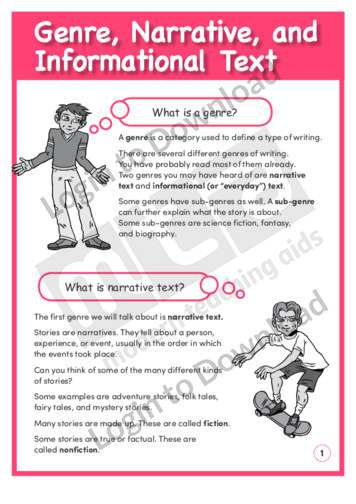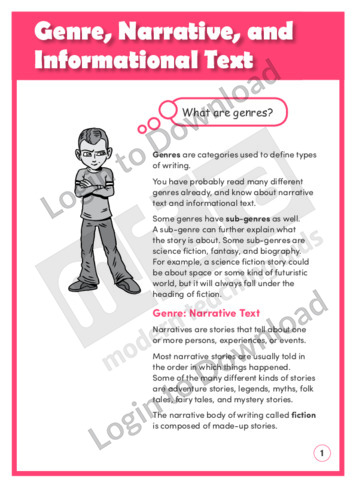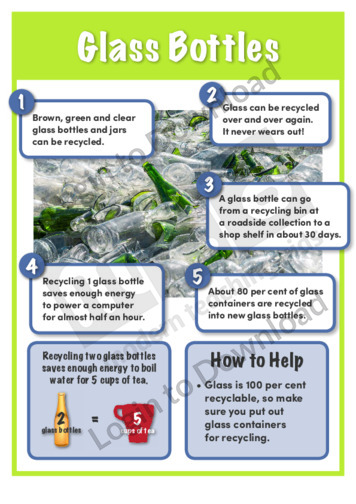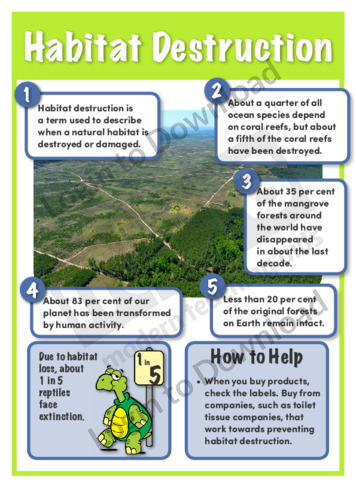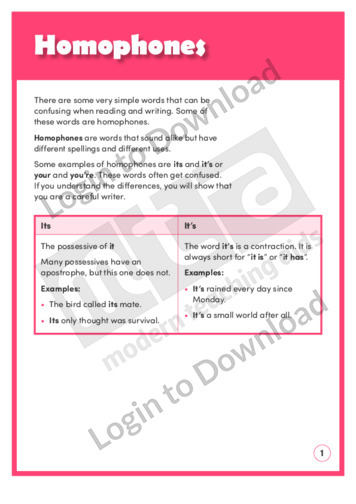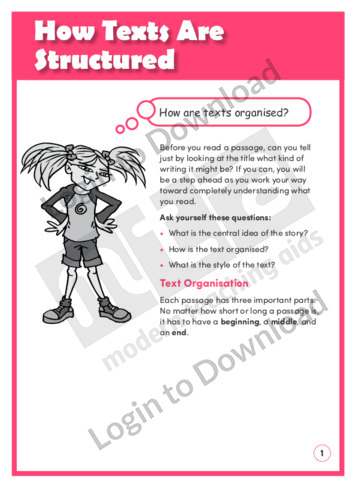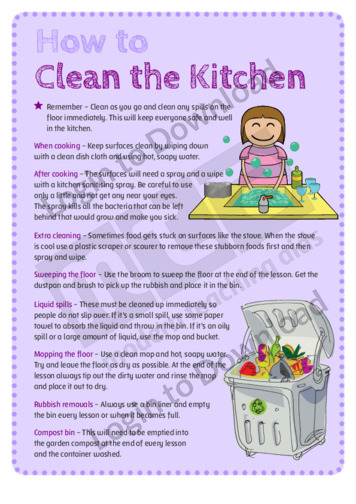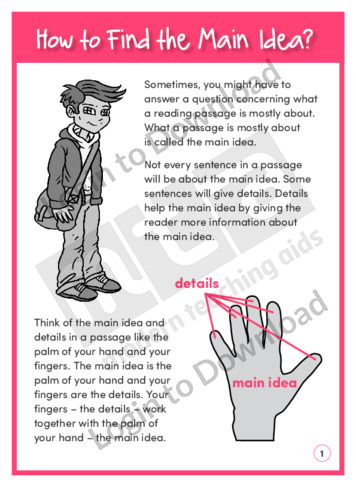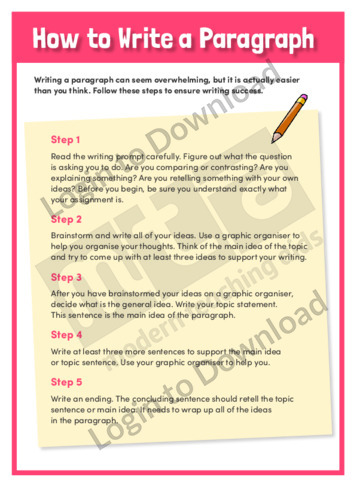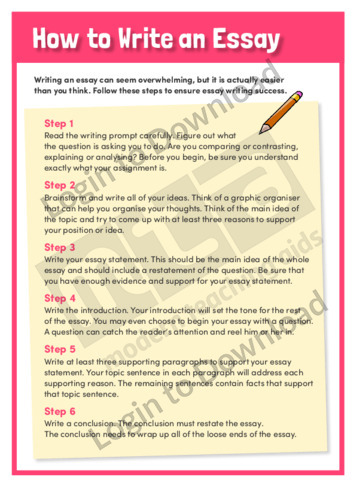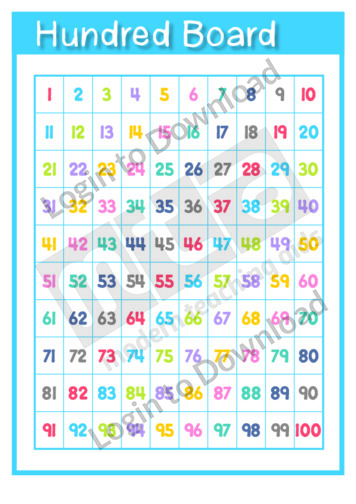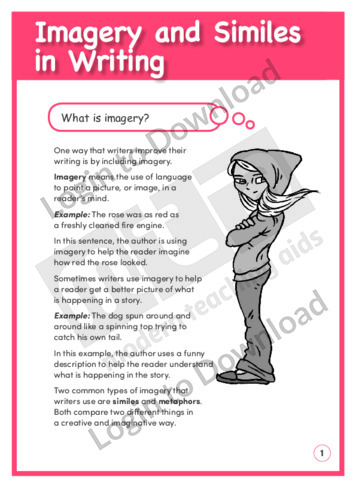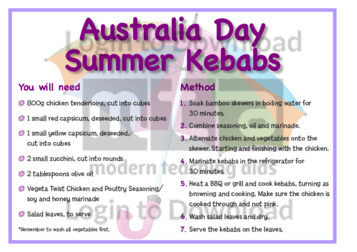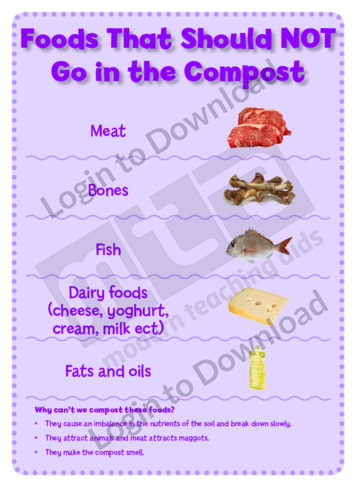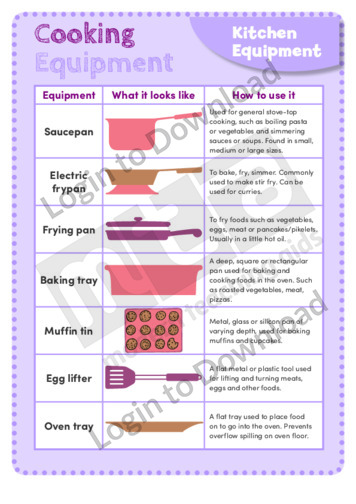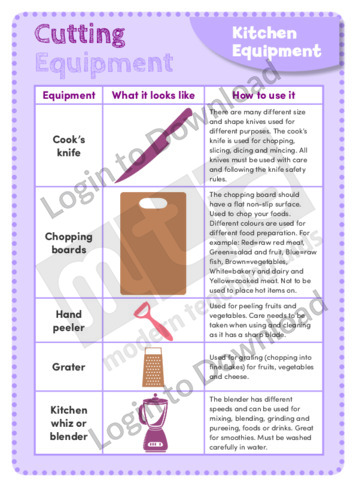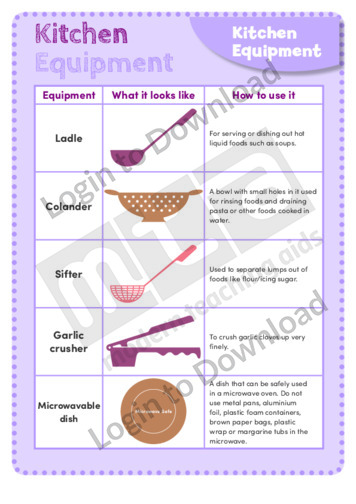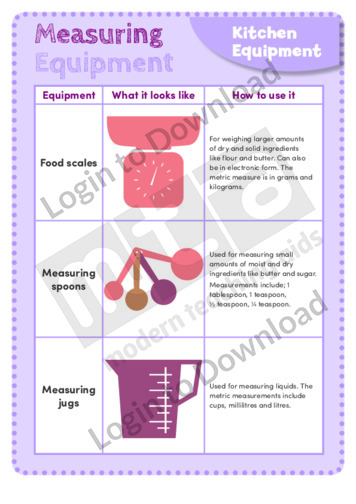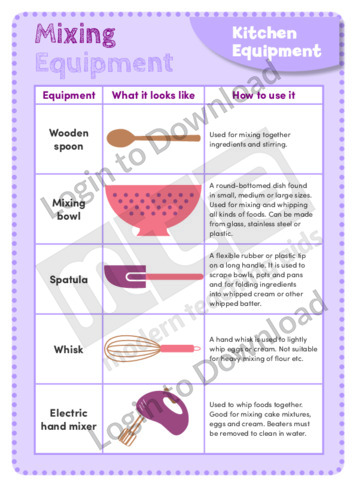This quick reference chart, ‘Digital, Analogue and Written Time’ can be reproduced for classroom use.
This quick reference chart, ‘Doubles’ offers guidance on the topic of addition.
This quick reference chart ‘Drafting’ gives students a list of what to look for when they write their first draft. It is aimed at encouraging students to plan the content and organisation of their composition before they start writing, by paying attention to the details, sequence, and the introduction and conclusion of their texts.
This quick reference chart ‘Drafting’ gives students a list of what to look for when they write their first draft. It is aimed at encouraging students to plan the content and organisation of their composition before they start writing, by paying attention to the details, transitions, sequence, and the introduction and conclusion of their texts.
This understanding text reference worksheet, ‘Drawing Conclusions’ is aimed at increasing students’ awareness of semantics, drawing conclusions and making judgements.
This quick reference chart ‘Drawing Conclusions’ helps students to identifying the meaning of what they have read. It is aimed at encouraging students to deconstruct texts in order to gain a deeper understanding of their purpose, then put this together with what they already know about a topic to draw conclusions about texts.
This understanding text exemplar ‘Drawing Conclusions’ shows students the steps to follow to draw a conclusion about something they have read. It is aimed at encouraging students to deconstruct texts in order to gain a deeper understanding of their purpose, then put this together with what they already know about a topic to draw conclusions …More
This quick reference resource, ‘Dynamics’ is a fantastic addition to any musical classroom. It provides an easy to read poster that explains the different levels of dynamics. Each musical term is represented using animals that help to link students’ existing knowledge to new language used in music.
This science article, ‘E-Waste’ features five facts about the environmental effects of e-waste on planet Earth. It provides factual information about e-waste, as well as ways to help lessen its impact on the environment. It is aimed at broadening students’ scientific and environmental awareness.
This quick reference guide, ‘Editing Writing’ explains the process and the importance of editing. Answer sheet provided with file download.
This quick reference guide, ‘Editing Writing’ provides students with guidance as they revise their work and provides an example to proofread. Answer sheet provided with file download.
This quick reference guide, ‘Editing Writing Guide’ supports students as they revise a first draft and provides proofing marks and a sequencing activity. Answer sheet provided with file download.
This quick reference chart ‘Elements of a Story’ helps students to identify the structure and genre of a story. It is aimed at introducing students to the functional organisation of texts in order to gain a deeper understanding of their parts – beginning, middle, end – and each part’s purpose – establish setting and characters, …More
This quick reference chart ‘Elements of a Story’ offers guidance on the sequence of a story. It is aimed at introducing students to the functional organisation of texts in order to gain a deeper understanding of their parts – beginning, middle, end – and each part’s purpose – establish setting and characters, plot development and …More
This quick reference guide, ‘Evaluating Your Own Writing’ supports students to self-assess their writing.
This writing task worksheet ‘Explain a Sport’ helps students to practise expository writing. It is aimed at encouraging students plan their writing and ask themselves questions to best explain their ideas to the reader using details, examples and their own personal experience. It includes space for students to plan their writing and a checklist to …More
This quick reference chart ‘Expository Writing Prompts’ shows students how to best approach such a prompt. It is aimed at encouraging students to plan their writing and ask themselves questions to best explain their ideas to the reader using details and examples.
This quick reference chart ‘Extrapolation of Information’ explains the difference between directly and non-directly stated meaning in text. It introduces students to the principles of layered storytelling and explains how to identify the explicit meaning, as well as the implicit meaning of a text, which is often the underlying theme or moral of the story, …More
This quick reference chart ‘Extrapolation of Information’ guides students in finding the implicit and explicit meaning of a fable. It introduces students to the principles of layered storytelling and uses a practical example to explain how to identify the directly stated meaning, as well as the not-directly stated meaning, which is often the underlying theme …More
This quick reference chart ‘Facts and Opinions’ shows students the difference between facts and opinions. It is aimed at introducing students to forming and explaining their opinions, using ideas and information from texts to back them up.
This quick reference chart ‘Facts and Opinions’ shows students the difference between facts and opinions. It is aimed at introducing students to forming and explaining their opinions, using ideas and information from texts to back them up.
This quick reference chart ‘Facts and Opinions’ shows students the difference between facts and opinions. It is aimed at introducing students to forming and explaining their opinions, using ideas and information from texts to back them up, and includes a practical exercise to help students identify facts and opinions. Answer sheet provided with file download.
This quick reference chart ‘Facts and Opinions’ shows students the difference between facts and opinions. It is aimed at introducing students to forming and explaining their opinions, using ideas and information from texts to back them up, and includes a practical exercise to help students identify facts and opinions.
This hands-on activity ‘February Recipe: Chinese Salad’ provides step-by-step instructions for students to follow in the classroom or at home. This resource gives students the opportunity to study the structure of a recipe and the language of instruction and is a great example to prompt more complex procedural writing. Each of the twelve monthly recipes …More
This quick reference chart ‘Figures of Speech’ shows students how figurative language can improve their writing. It is aimed at introducing students to the principles of imagery to help students make their writing more interesting and engaging.
This quick reference chart ‘Figures of Speech’ shows students how figurative language can improve their writing. It is aimed at introducing students to the principles of imagery to help students make their writing more interesting and engaging and provides explanations and examples of similes, metaphors, onomatopoeia and idioms.
This quick reference chart ‘Figures of Speech and Similes’ explains how figures of speech improve writing and how to use similes. It is aimed at introducing students to the principles of imagery and has a practical section on similes to help students make their writing more interesting and engaging.
This quick reference chart ‘First Draft’ shows students how to plan and structure their writing, and to make sure it is interesting. It is aimed at encouraging students to pay attention to the details, sequence, opening and closing of their compositions, to use word variety to make their writing interesting and to best express opinions …More
This science article, ‘Food Waste’ features five facts about the environmental effects of food waste on planet Earth. It provides factual information about food waste, as well as ways to help lessen its impact on the environment. It is aimed at broadening students’ scientific and environmental awareness.
This science article, ‘Forests’ features five facts about forests and the destruction of forests on planet Earth. It provides factual information, as well as ways to help lessen the environmental impact of forest destruction. It is aimed at broadening students’ scientific and environmental awareness.
This quick reference chart, ‘Fraction Strips’ offers guidance on the topic of fractions.
This science article, ‘Fresh Water’ features five facts about fresh water and how we rely on it for survival. It provides factual information about fresh water, as well as ways to help save water. It is aimed at broadening students’ scientific and environmental awareness.
This quick reference chart ‘Genre, Narrative, and Informational Text’ helps students to identify these different genres. It introduces the concept of genre and explains the difference between a narrative and informational text, and encourages students to look at the organisation and style of a text to identify its genre.
This quick reference chart ‘Genre, Narrative, and Informational Text’ helps students to identify these different genres. It introduces the concept of genre and sub-genres and explains the difference between a narrative and informational text, including an example of an informational text, and encourages students to look at the organisation and style of a text to …More
This quick reference chart ‘Genre, Narrative, and Everyday Text’ helps students to identify these different genres. It introduces the concept of genre and explains the difference between a narrative and everyday text, including an example of an everyday text, and encourages students to look at the organisation and style of a text to identify its …More
This science article, ‘Glass Bottles’ features five facts about the environmental effects of glass bottles on planet Earth. It provides factual information about glass bottles, as well as ways to help lessen their impact on the environment. It is aimed at broadening students’ scientific and environmental awareness.
This science article, ‘Habitat Destruction’ features five facts about the effect of habitat destruction on planet Earth. It provides factual information about habitat destruction, as well as ways to help lessen its impact on the environment. It is aimed at broadening students’ scientific and environmental awareness.
This quick reference chart ‘Homophones’ guides students to correctly use the words ‘its’ and ‘it’s’ and ‘your’ and ‘you’re’. It is aimed at encouraging students to look critically at words and to use context clues in order to ascertain which spelling of a word that sounds the same should be used in which context. It …More
This quick reference chart ‘How Texts Are Structured’ offers guidance on the sequence of a story. It is aimed at introducing students to the functional organisation of texts in order to gain a deeper understanding of their parts – beginning, middle, end – and each part’s purpose – establish setting and characters, plot development and …More
This quick reference chart ‘How Texts Are Structured’ offers guidance on the sequence of a story. It is aimed at introducing students to the functional organisation of texts in order to gain a deeper understanding of their parts – beginning, middle, end – and each part’s purpose – establish setting and characters, plot development and …More
This quick reference chart ‘How Texts Are Structured’ offers guidance on the sequence of a story. It is aimed at introducing students to the functional organisation of texts in order to gain a deeper understanding of their parts – beginning, middle, end – and each part’s purpose – establish setting and characters, plot development and …More
This worksheet ‘How to Be a Better Writer’ helps guide students to revise their writing work.
This food and nutrition ‘How to Clean the Kitchen’ poster can be laminated and used as part of a classroom display. It provides students with important information and instructions about how to maintain a hygienic kitchen environment before, during and after cooking. It builds students’ awareness of food hygiene and encourages them to develop good …More
This understanding text activity, ‘How to Find the Main Idea’ explains to students how to find the main idea in a text and its supporting details. It is aimed at introducing students to the principals of deconstructing texts in order to gain a deeper understanding of their purpose.
This worksheet ‘How to Write a Paragraph’ helps students succeed in paragraph writing. It encourages students to think about five helpful steps to ensure writing success.
This worksheet ‘How to Write an Essay’ provides students with helpful hints about how to write an essay. It encourages students to follow these hints to ensure writing success.
This quick reference chart, ‘Hundred Board’ can be reproduced for classroom use.
This food and nutrition ‘Hygiene Rules in the Kitchen’ poster can be laminated and used as part of a classroom display. It provides students with important tips and instructions for maintaining a hygienic and safe kitchen environment and encourages students to develop good kitchen habits.
This quick reference chart ‘Imagery and Similes in Writing’ explains how figures of speech improve writing and how to use similes. It is aimed at introducing students to the principles of imagery and has a practical section on similes to help students make their writing more interesting and engaging.
This quick reference chart ‘Italics, Capitals, and Bold Lettering’ helps students to identify and use upper-case letters and bold to emphasise meaning. It is aimed at introducing students to the principles of using special type to convey meaning and provides examples and space for students to practise using capitals and bold lettering to help make …More
This hands-on activity ‘January Recipe: Australia Day Summer Kebabs’ provides step-by-step instructions for students to follow in the classroom or at home. This resource gives students the opportunity to study the structure of a recipe and the language of instruction and is a great example to prompt more complex procedural writing. Each of the twelve …More
This hands-on activity ‘July Recipe: Winter Vegetable Curry’ provides step-by-step instructions for students to follow in the classroom or at home. This resource gives students the opportunity to study the structure of a recipe and the language of instruction and is a great example to prompt more complex procedural writing. Each of the twelve monthly …More
This hands-on activity ‘June Recipe: Butterfly Cakes’ provides step-by-step instructions for students to follow in the classroom or at home. This resource gives students the opportunity to study the structure of a recipe and the language of instruction and is a great example to prompt more complex procedural writing. Each of the twelve monthly recipes …More
These ‘Kitchen Compost’ food and nutrition posters can be laminated and used as part of a classroom display. The posters provide students with information about which foods can and can not be composted and includes information about why. It builds students’ awareness of food hygiene and encourages them to develop good recycling habits.
This food and nutrition ‘Cooking Equipment’ kitchen chart provides information about various kitchen items, each one accompanied by an image. It builds students’ knowledge of kitchen equipment and its uses as well as providing information about kitchen hygiene.
This food and nutrition ‘Cutting Equipment’ kitchen chart provides information about various kitchen items, each one accompanied by an image. It builds on students’ knowledge of kitchen equipment and its uses as well as providing information about kitchen hygiene.
This food and nutrition ‘Kitchen Equipment’ kitchen chart provides information about various kitchen items, each one accompanied by an image. It builds students’ knowledge of kitchen equipment and its uses as well as providing information about kitchen safety.
This food and nutrition ‘Measuring Equipment’ kitchen chart provides information about various kitchen items, each one accompanied by an image. It builds on students’ knowledge of kitchen equipment and its uses and provides useful information about the various units of measurement.
This food and nutrition ‘Mixing Equipment’ kitchen chart provides information about various kitchen items, each one accompanied by an image. It builds students’ knowledge of kitchen equipment and its uses as well as providing information about kitchen hygiene.
It�s that easy!








